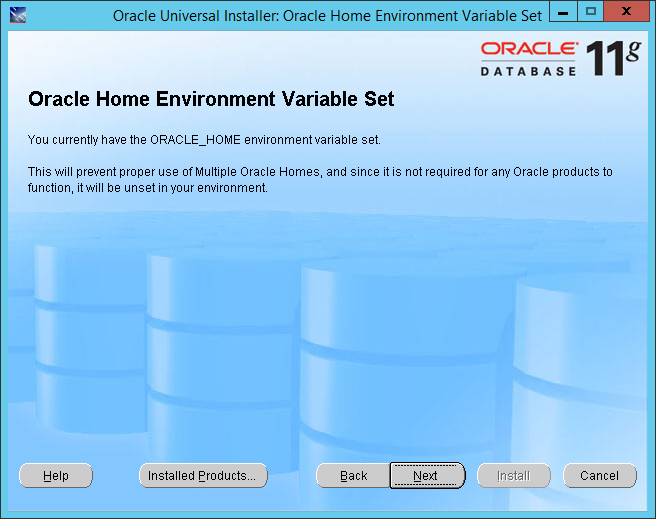In the fast-paced world of technology and investing, understanding the competitive landscape is crucial for making informed decisions. When it comes to Oracle, one of the leading companies in cloud computing and database solutions, conducting a competitor analysis can provide valuable insights.
By examining key players in the market, such as Amazon Web Services (AWS), Microsoft, Teradata, and IBM, investors can gain a deeper understanding of Oracle’s position and identify potential opportunities or risks.
In this article, we will explore each competitor’s offerings, strengths, weaknesses, and financial performance to help you navigate the ever-evolving investing landscape.
Overview of Amazon Web Services (AWS)
Amazon Web Services (AWS) is a dominant player in the cloud computing market, competing directly with Oracle. With rapid growth and industry dominance, AWS has become the go-to choice for businesses seeking scalable and reliable cloud services.
Offering a wide range of services such as compute power, storage options, and databases, AWS provides flexibility and efficiency for startups and enterprises alike. Its comprehensive suite of additional services ensures a holistic solution for businesses migrating to the cloud.
Microsoft: A Competitor to Oracle’s Cloud Solutions
Microsoft’s Azure platform poses a formidable challenge to Oracle in the cloud computing market. Azure’s popularity among businesses worldwide makes it a direct competitor to Oracle Cloud services. Analyzing Microsoft’s financial performance compared to Oracle provides valuable insights into their positions in the market.
Azure’s growth and versatility make Microsoft a major player in cloud computing. Its comprehensive suite of offerings, including IaaS, PaaS, and SaaS, enables direct competition with Oracle. Microsoft’s strong foothold in enterprise software, with products like Windows Server and SQL Server, allows for seamless integration with existing systems.
Investments in expanding data center infrastructure ensure localized storage and faster access speeds for Azure users. Microsoft’s commitment to innovation and emerging technologies such as AI, ML, and IoT enhances its competitive edge against Oracle.
Teradata: Impact on the Database Market
Teradata, a strong competitor to Oracle, holds significant influence in the database market. Its robust data management solutions attract businesses seeking scalability and performance.
With expertise in handling large volumes of structured and unstructured data, Teradata enables businesses to extract valuable insights through advanced analytics capabilities. While Oracle remains dominant, Teradata’s rise offers businesses more choices and drives competition.
Investors should monitor this competition to assess potential opportunities or risks associated with Teradata’s growing presence.
IBM: Position in the Competitive Landscape
IBM is a longstanding player in the technology sector, particularly in data analytics and artificial intelligence (AI). With offerings that directly compete with Oracle’s solutions in these areas, IBM presents an interesting option for investors.
Analyzing how IBM competes with Oracle can provide valuable insights into potential investment opportunities or risks.
In data analytics, IBM offers robust solutions that leverage advanced technologies like machine learning and natural language processing. This allows businesses to make informed decisions based on accurate data analysis.
In AI, IBM’s Watson platform has revolutionized industries from healthcare to finance, providing cognitive capabilities that automate processes and enhance customer experiences.
Investors should consider factors such as market share, technological advancements, and customer satisfaction when evaluating IBM’s competition with Oracle. By staying informed about both companies’ strategies and performance, investors can capitalize on growth opportunities and mitigate potential risks.
As the technology sector continues to evolve rapidly, understanding how companies like IBM navigate the competitive landscape is crucial for long-term growth opportunities. With its strong presence in data analytics and AI and direct competition against Oracle, IBM offers an enticing opportunity worth considering.
In summary, analyzing how IBM competes with Oracle provides valuable insights for investors seeking to maximize returns in the ever-evolving technology sector.
Key Takeaways from Competitor Analysis
A thorough competitor analysis reveals valuable insights for investors. By examining competitors’ offerings, strengths, weaknesses, financial performance, and market position, key takeaways emerge. These takeaways allow investors to assess potential investment opportunities or risks associated with each competitor.
Staying informed about evolving market dynamics is crucial for making informed investment decisions in the face of fierce competition. Additionally, understanding competitors’ strengths and weaknesses helps identify threats and opportunities for Oracle.
Overall, competitor analysis empowers investors to adapt strategies and stay ahead in a rapidly changing business environment.
Conclusion
A comprehensive competitor analysis is essential for investors looking to gain a deep understanding of Oracle’s competitive landscape. By examining major players such as AWS, Microsoft, Teradata, and IBM, investors can gather valuable insights into Oracle’s position in the market and identify potential investment opportunities or risks.
The technology industry is highly dynamic and constantly evolving. Staying informed about industry developments is crucial for investors to adapt their investment strategies effectively. The ever-changing technology landscape requires constant vigilance and a willingness to adjust investment approaches accordingly.
Investors should be aware of the strengths and weaknesses of each major player in the industry. AWS, with its robust cloud infrastructure services, has become a dominant force in the market. Microsoft’s Azure platform also offers a wide range of cloud services and has gained significant traction among businesses.
Teradata, known for its strong data analytics capabilities, poses a potential threat to Oracle in terms of providing advanced analytics solutions. Lastly, IBM remains one of Oracle’s primary competitors due to its diverse range of products and services across various sectors.
To make informed investment decisions related to Oracle, investors must thoroughly analyze these key competitors while considering factors such as market share, product offerings, customer base, financial performance, and technological advancements.
By conducting a meticulous competitor analysis and staying up-to-date with industry trends, investors can position themselves advantageously in the market. This will enable them to navigate the complex technology landscape confidently while identifying potential areas for growth or mitigating risks associated with their investments.
[lyte id=’gIcXMd2yXVk’]





